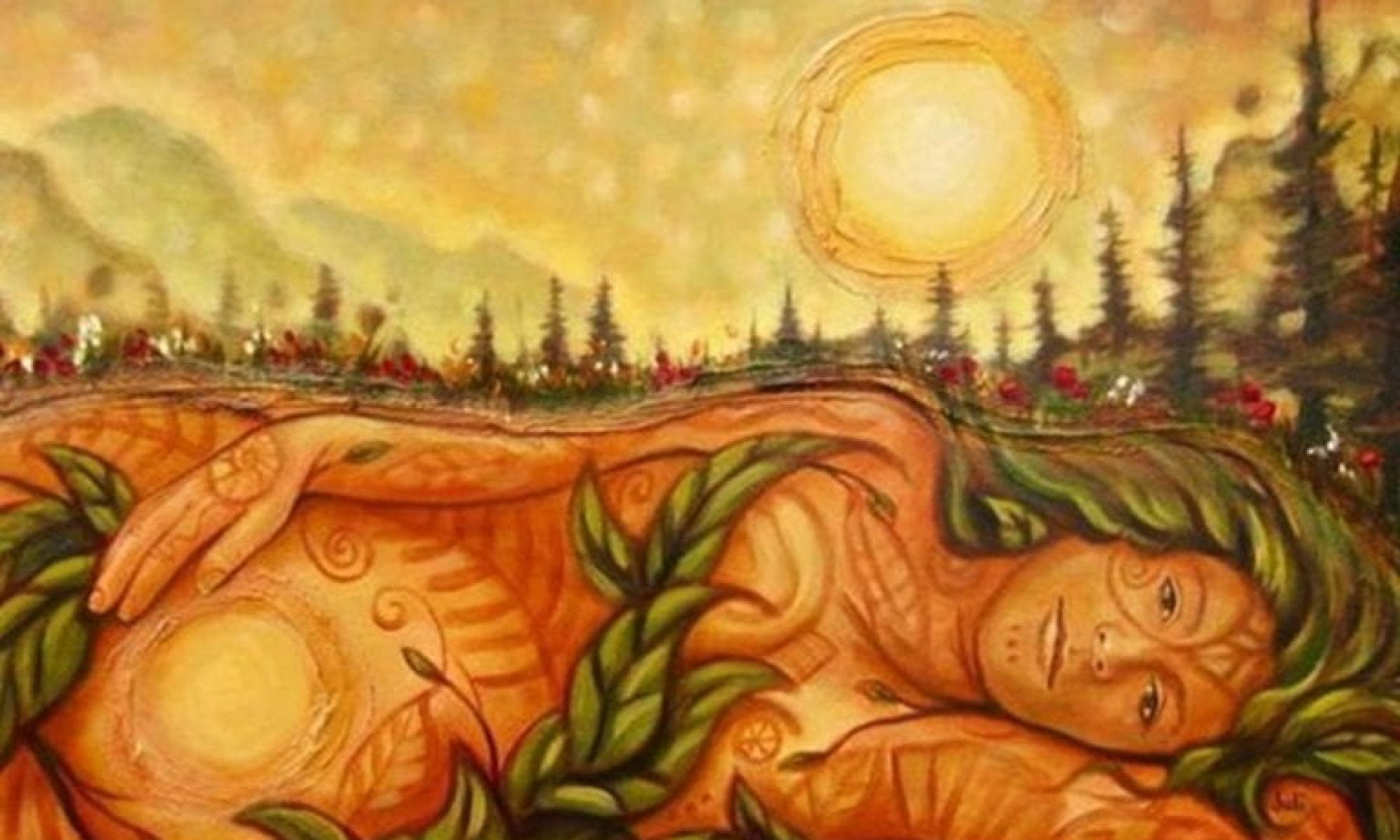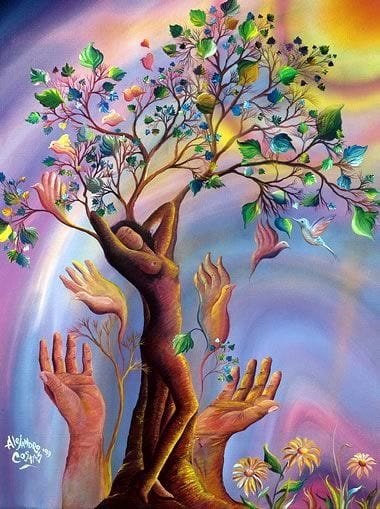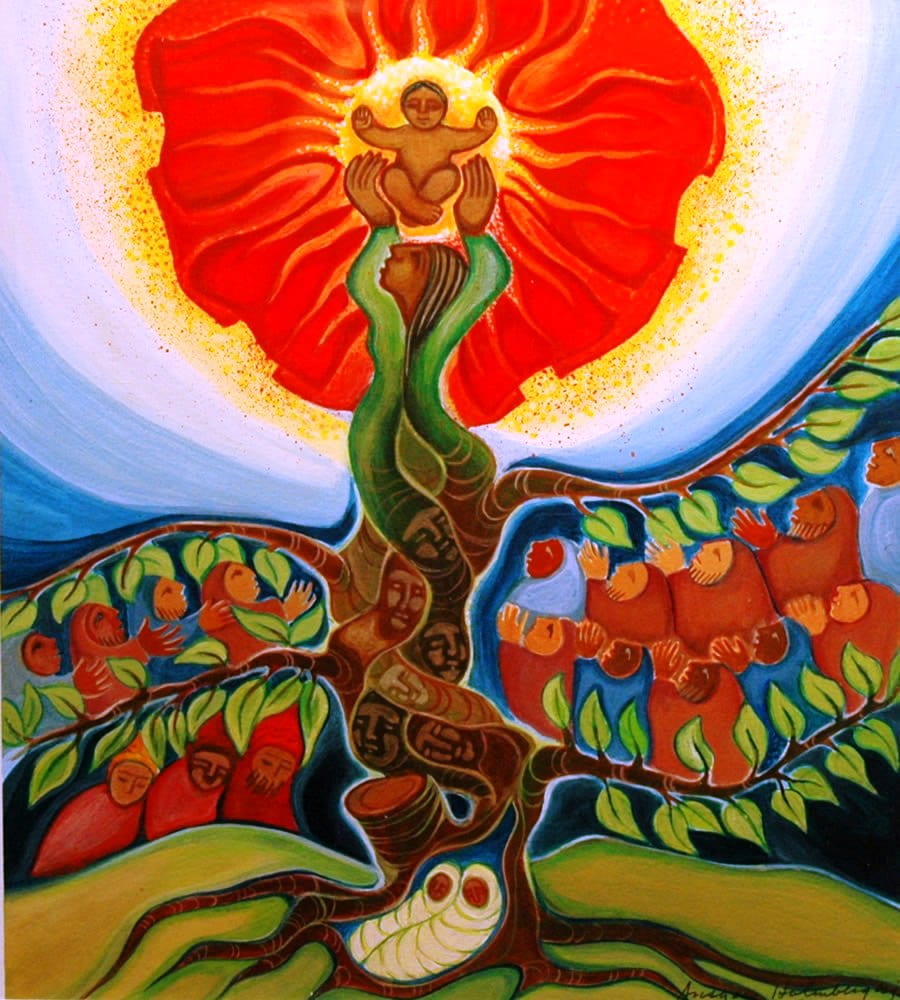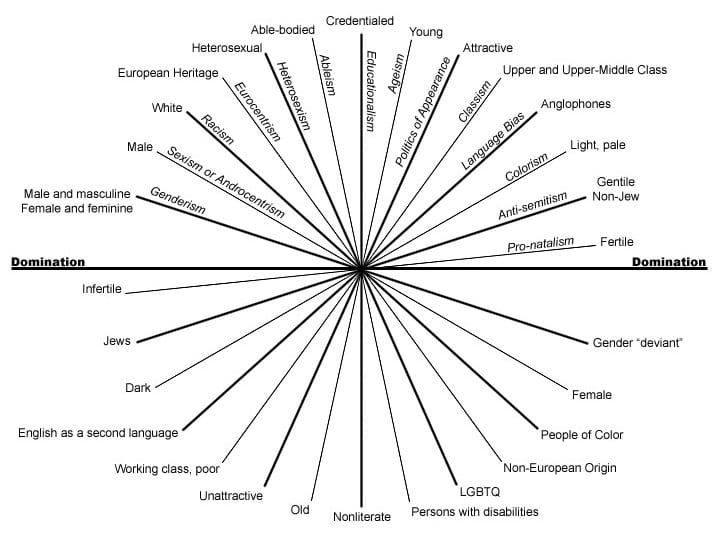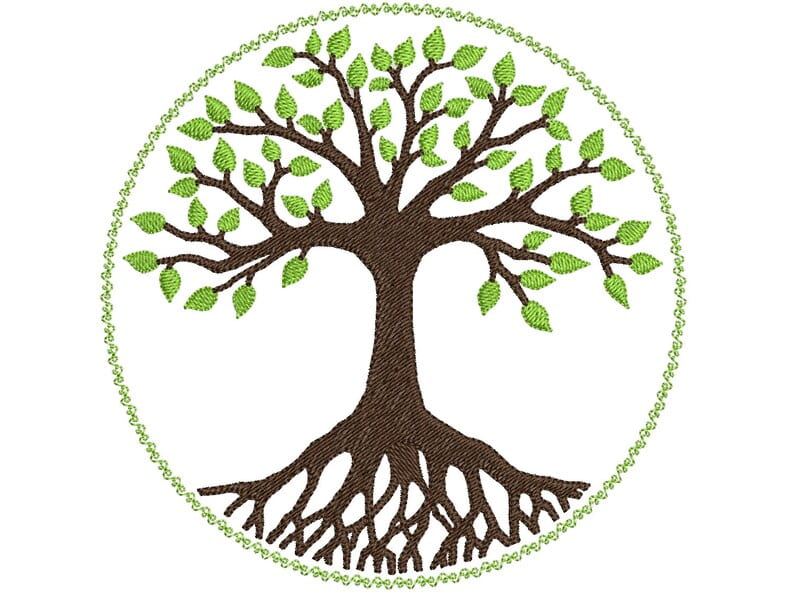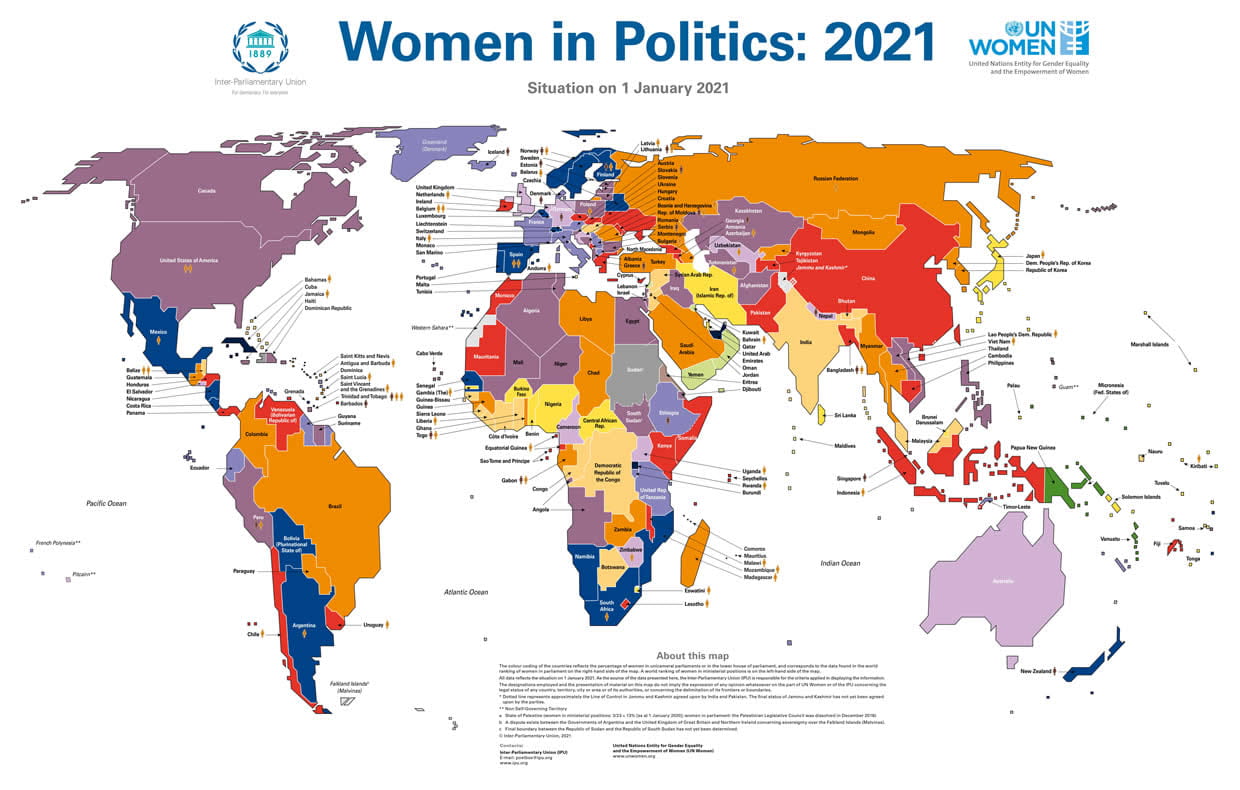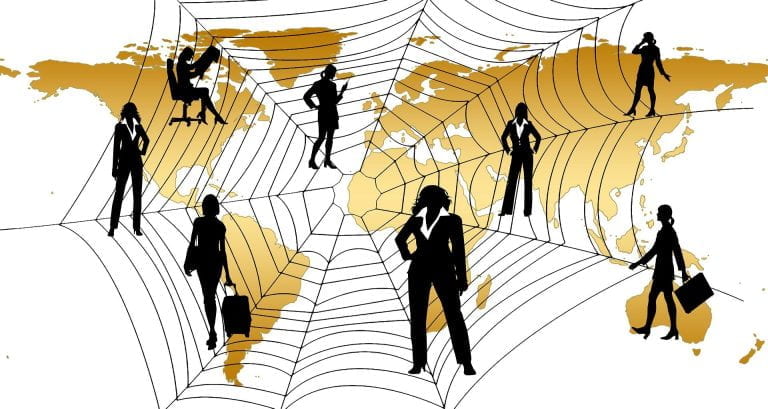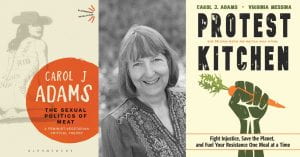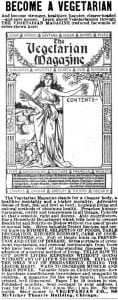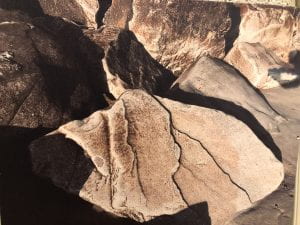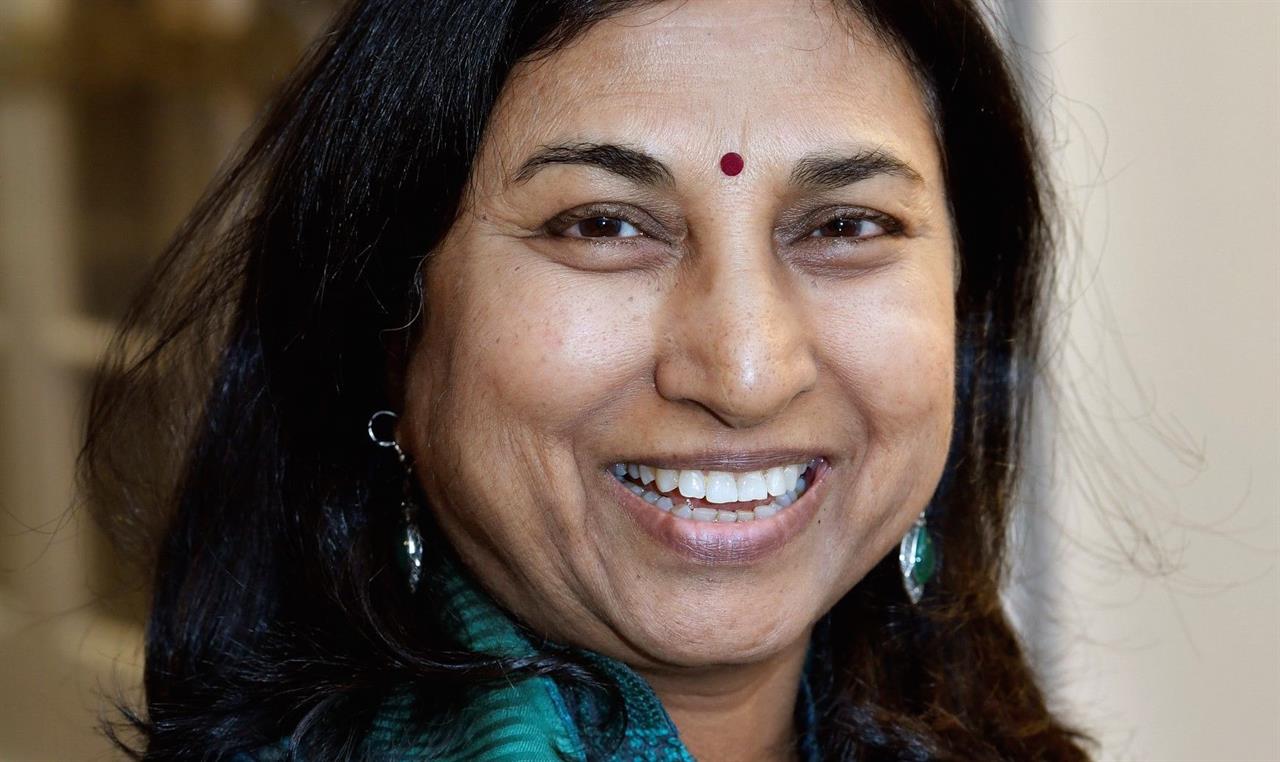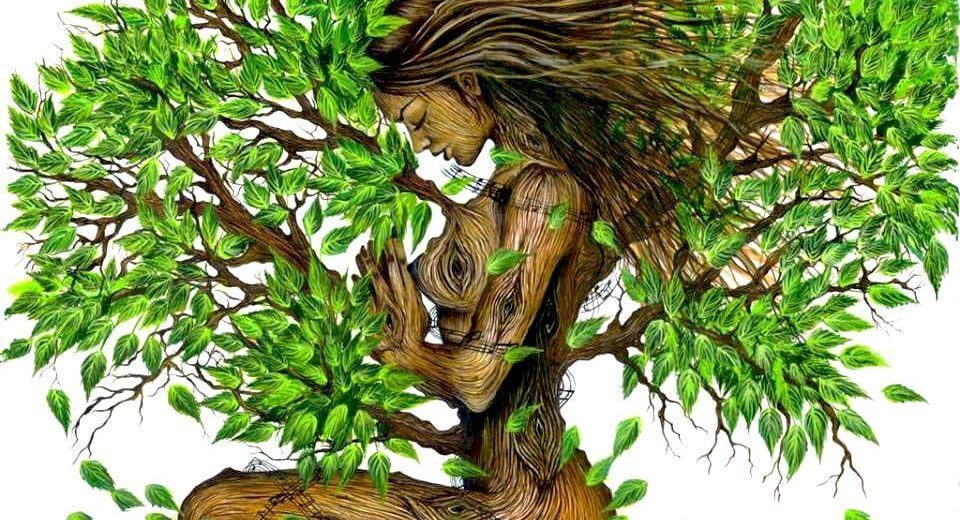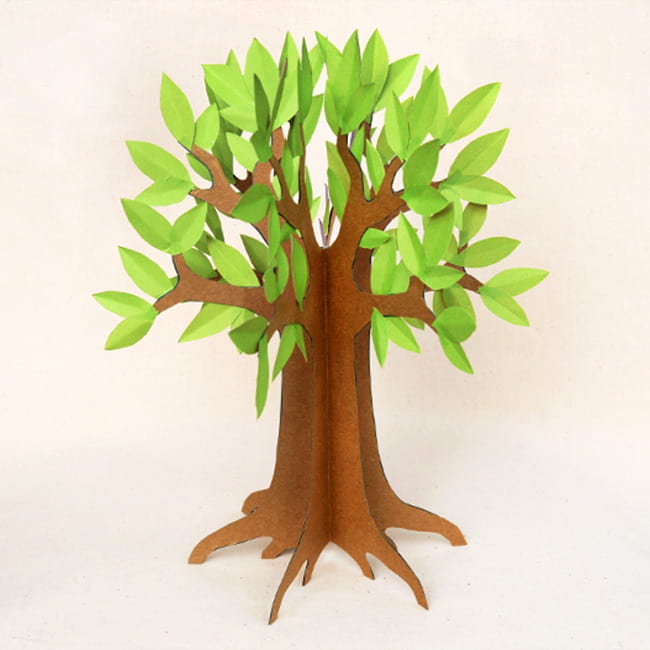
THE OAK
by Alfred Lord Tennyson
Live thy Life,
Young and old,
Like yon oak,
Bright in spring,
Living gold;
Summer-rich
Then; and then
Autumn-changed
Soberer-hued
Gold again.
All his leaves
Fall’n at length,
Look, he stands,
Trunk and bough
Naked strength.
I am the Director of Technology at an organization. One of my responsibilities is to ensure efficient and effective use of our resources. My goal is to reduce the amount of paper that my organization is using on an annual basis. I will do this by developing a plan which takes into consideration:
*Using technology to reduce paper consumption
*Educating employees in ways to conserve paper use and why?
*Developing verifiable goals which can track both economic and environmental gains and impact

- Electronic instead of paper documents
- Duplex printing and copying instead of single sided
- Reuse of single sided print-outs, envelopes and other paper products.
Electronic instead of paper documents
- Distribute reports and memos electronically
- Scan incoming paperwork and store all documents on a network rather than in filing cabinets.
- Switch to electronic forms such as timesheets, purchase orders, and incident reports.
- Print on-demand rather than stockpiling paper documents like letterhead and newsletters that will become outdated.
- E-mail documents rather than faxing them, or fax them electronically from your computer instead of using hard copies. Search the Internet to find an electronic fax service that meets the needs of your organization.
- Avoid printing e-mails and web pages; file them on a hard drive not in a filing cabinet.
- Practices that Use Less Paper: Learn about tried-and-true paper saving practices, and how to put them in place at your organization.
-
Reusing single sided print-outs, envelopes and other paper products
- Use paper that has printing on only one side and is blank on the other in a designated “draft” copier, printer, or paper tray.
- Reuse manila envelopes for internal mailings.
- Use outdated letterhead for in-house memos.

History Of Paper Making
Historical evidence indicates that the Chinese were the first society to develop a method to make pulp. Archaeologists indicate that the most ancient pieces of paper ever collected were from China from the 2nd century BCE. One of the people credited with the development of papermaking in China was Cai Lun, a eunuch in the court of the Han Dynasty. Although the process of making paper traces its roots to the Chinese, it was refined by Islamic societies who came up with machines to make vast amounts of paper. Today, China and the United States are the largest pulp and paper producers in the world.
Trees and the Production of Paper
The paper and pulp industry utilizes a variety of industrial processes to turn its natural resources (namely wood pulp) into consumer-grade commodities. There are two main methods of producing paper; a manual process, and a machine dependent process. Regardless of the process used in the manufacturing of the paper, the pulp is an essential component. In the making of pulp, a significant number of trees are cut down. The main consideration in determining the number of trees that are cut down is whether the pulp mill relies on a chemical or a mechanical pulping process. Industry experts indicate that while using the chemical pulping to produce 1 ton of printing paper approximately 24 trees are required. The 24 trees would have to be a combination of softwoods and hardwoods each about 40 feet tall with a diameter of roughly 6-8 inches. It is believed that the chemical pulping process, often referred to as the Kraft pulping process, is highly inefficient due to a large number of trees used in making a ton of paper. The mechanical pulping process is exceptionally more efficient than the Kraft pulping process since it uses fewer trees to make one ton of paper. The mechanical pulping process utilizes 12 trees which are a mixture of hardwood and softwood.
The Environmental Impact of Paper
The papermaking process has been criticized extensively by environmentalists since it contributes to pollution. Papermaking has an impact on the environment because it destroys trees in the process. According to data from the Global Forest Resource Assessment roughly 80,000 to 160,000 trees are cut down each day around the world with a significant percentage being used in the paper industry. The major impact of the constant deforestation is the change in global climatic patterns. Apart from deforestation, the paper manufacturing industry also contributes to air pollution. In the United States, paper industries accounted for roughly 20% of the air pollution in 2015. Paper manufacturing also contributes significantly to water pollution. In 2015, the Canadian government estimated that the nation’s paper industry accounted for 5% of the waste disposed into the nation’s waterways. Data indicates that the production of 1 ton of paper contaminates nearly 20,000 gallons of water.
Importance Of Recycled Paper
Recycled paper was created to reduce the environmental impact of paper manufacturing. Paper can be recycled about 5 to 7 times. Data indicates that using one ton of recycled paper can prevent 17 trees from being cut down.

https://8billiontrees.com/trees/how-many-trees-are-cut-down-each-year-for-paper/
Paper is arguably one of the most important items that human society has ever invented as it contributed significantly to later technological advancements. In the process of making paper, trees are the most critical raw materials. It is estimated that 24 trees to make 1 ton of standard office paper.
Financial Costs:
The costs of using paper inefficiently in the workplace are too significant to be ignored. The expenses from supplies such as toner and paper, as well as equipment maintenance can add up fast. More significant is all the staff time wasted adjusting printers and copiers, filing documents, and then trying to find them again—often just to throw them away. Some findings from productivity research studies:
- Inefficient use of printers, copiers, and fax machines can waste between 1 and 3 percent of company revenue annually.
- For every dollar spent on copying, companies incur another $6 in handling and distribution, and half of all documents printed are thrown away within 24 hours
- An average of 17% of everything printed is considered waste. https://www.stopwaste.org/at-work/reduce-and-reuse/reduce-paper-use/the-impact-of-paper-waste#2
Environmental Costs:
Using less paper can save your organization money and can also help with several environmental problems. Of all trees harvested for industrial use, 42% go to making paper. The pulp and paper industry is also the largest industrial user of water, the biggest water polluter, and the third largest emitter of global warming pollution in most industrialized nations .
If you have to print:
-
- Only print pages you need.
- Increase margins and reduce font size.
- Printing in black and white is preferable; color toner is more expensive and has a greater environmental impact than black.
- Set printers to default to double-sided.
- Use print preview to avoid printing unnecessary pages.
- Print multiple pages per sheet
- To save costs on toner/ink, consider fonts that use less ink, such as Century Gothic or Garamond.
- Recycle the Toner
Paperless Express: This comprehensive and easy to follow guide provides tips and tools for office workers and managers in business, government, and other organizations. You will find steps to reduce paper at your desk, in the mail room, by using technology, and in many other ways.
